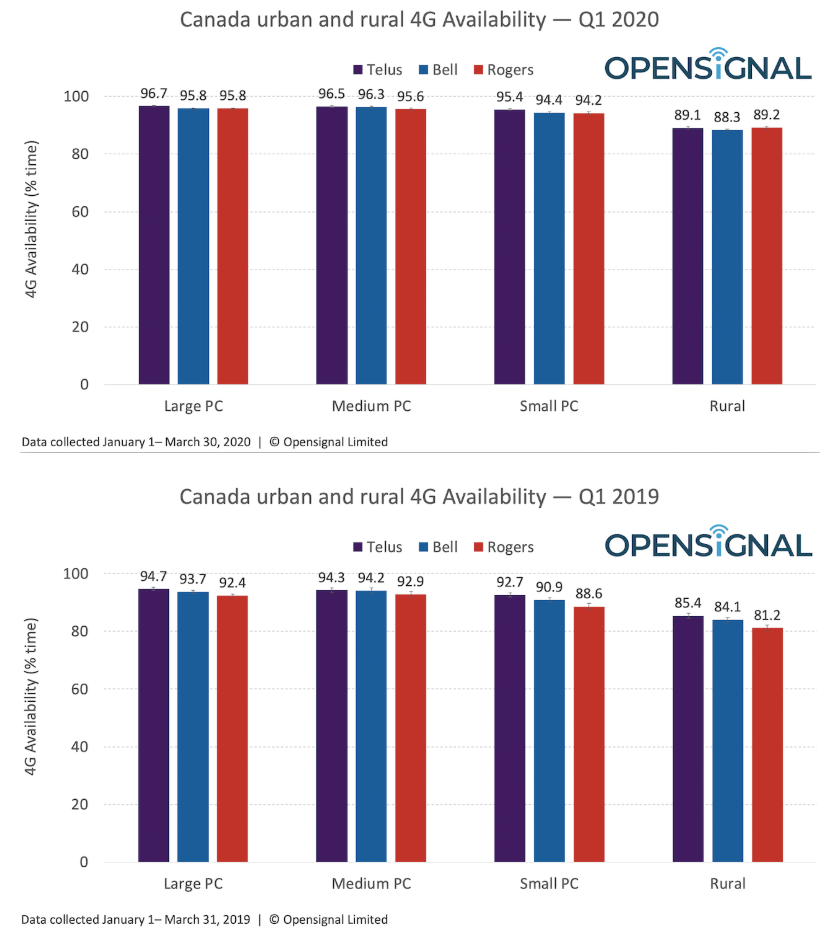 Perhaps more than ever before, the availability of universal on-line connectivity has been a prominent part of the public conversation. With people stuck at home, awareness of the digital divide has never been more profound.
Perhaps more than ever before, the availability of universal on-line connectivity has been a prominent part of the public conversation. With people stuck at home, awareness of the digital divide has never been more profound.
It is worthwhile taking a look at intermediate successes that should be celebrated. We should take the time to understand the significance of factors that lead to success, to see if we can replicate them in other areas.
Canadian carriers’ investment in mobile wireless has resulted in Opensignal declaring last month that Canada has the world’s fastest mobile networks. A follow-up Opensignal report tells us that “rural users in Canada on the networks of Telus, Bell Mobility and Rogers have download speeds that surpass those experienced by users in most countries.” Indeed, the report continues, saying “rural Canadian users have far better download speeds than users in five of the seven G7 countries in the world.”
While there is more work to be done in 4G availability in rural markets, Opensignal indicated that rural 4G access climbed to nearly 90%, up to 10% higher than last year.
Canada’s policy framework favouring facilities-based competition in mobile services has delivered world leading network quality, in urban and rural markets.
How do we make sure that all Canadians have access to reliable, high-speed fixed communications, including voice and high speed internet?
How should the various levels of government create the right policy environment, policies, stimulus and incentives to accelerate investment programs in un-served and under-served markets?
Still, at the end of the day, it takes more than technology to get everyone online. Universal adoption needs universal access and universal demand. Most government programs have targeted the denominator side of the equation, without sufficient focus on the numerator.
It just takes money to stimulate supply. And that over-sized ceremonial cheque makes for a great photo op.
Stimulating demand is a lot harder.
We need to start working harder at doing that hard stuff.
Statistics Canada data shows that household computer ownership has stagnated at 84-85% since around 2013. Indeed there are apparently more households that have internet service than those with computers.
Do we understand why?
What steps will we take to address the needs of Canadians who have access to affordable services, but still have chosen not to adopt digital connectivity.
As I have written before, “A national broadband strategy needs leadership to understand and deal with concerns and fears that may inhibit adoption. It will take more than technology to get everyone online.”
